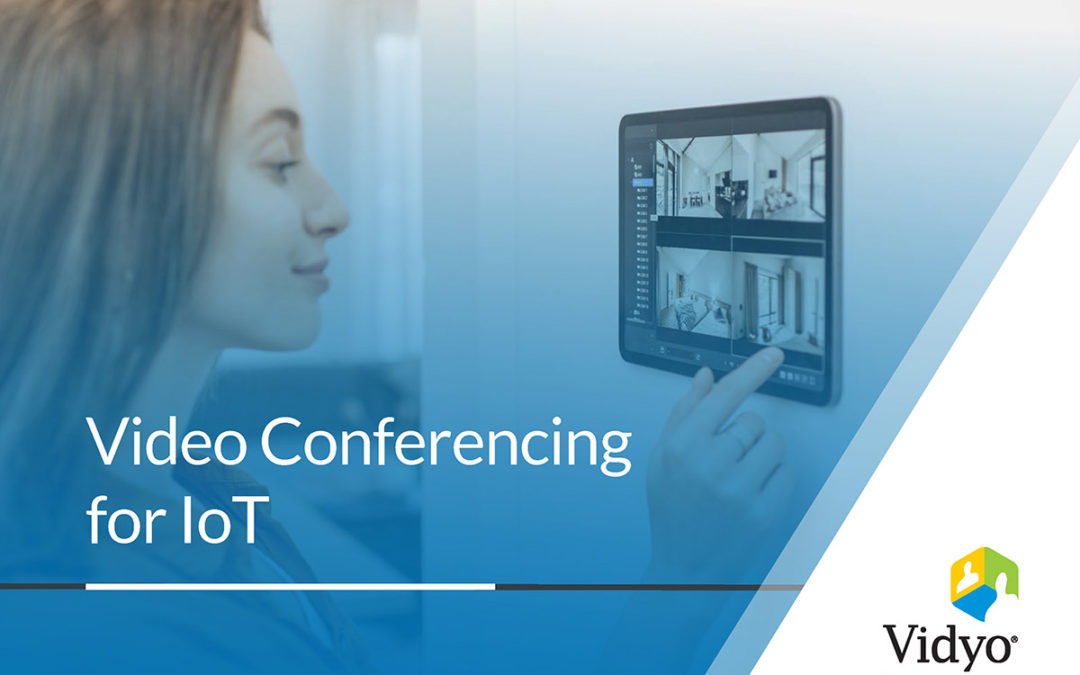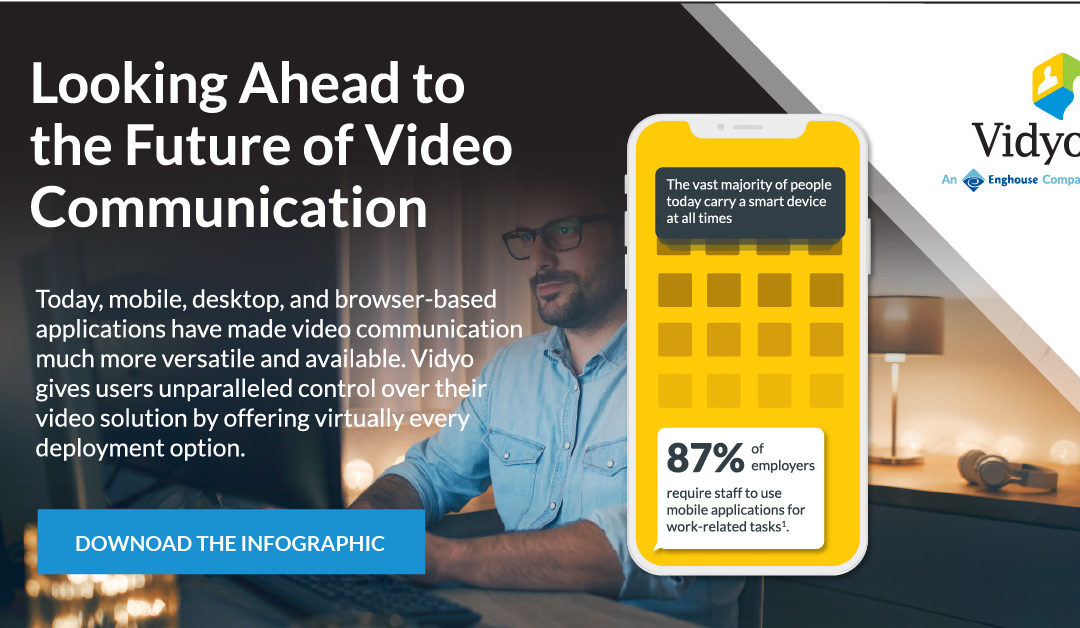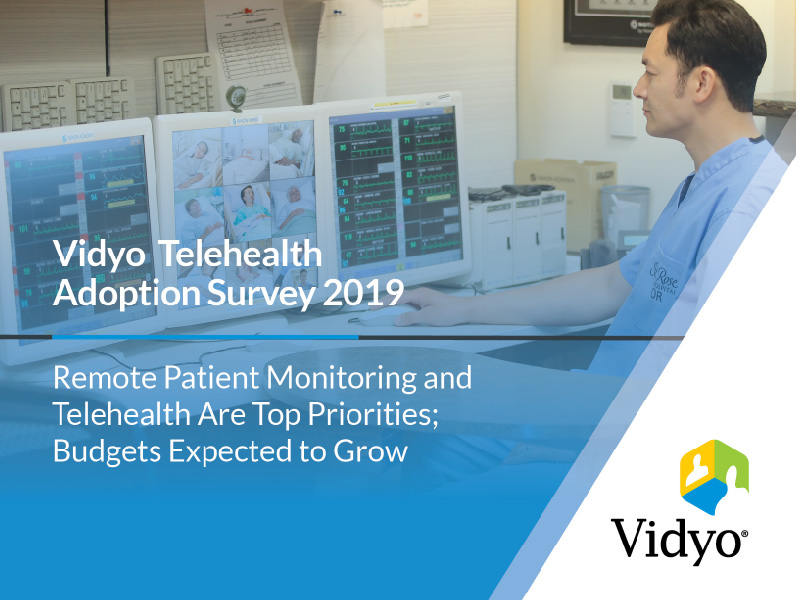“In 2019, the video conferencing market was already valued at $3.85 billion — and this is expected to more than double by 2027.”
Against a backdrop of technology advancement, growing competition, and falling prices, advanced communication tools formerly reserved for large enterprises with deep pockets are now available to the masses. Nowhere has this been more clear than in the exploding use of video technology.
From telehealth consultations to digital classrooms and virtual events, video technology has near-unlimited use across applications in all industries. By making use of real-time two-way audio and visual communication, companies expect to reduce operational and management costs while boosting productivity. To help organizations learn how to benefit from integrating video technology, we cover the following topics in this blog:
- Key technology advancements for video communication
- Evolving workplace demographics and preferences
- Security with video communications
First, we’ll take a look at the evolution of this technology and its adoption.
Key Technology Advancements for Video Communication
It wasn’t so long ago that video conference technology was reserved for the boardrooms of Fortune 500 companies. Setups may have included dedicated cameras and screens installed in fixed conference rooms. Today, mobile, desktop, and browser-based applications have made video communication much more versatile and available.
Up to 90% of Fortune 500 companies are already using video conferencing in business communication. But technology development and diversification of the video market means organizations of every size and vertical can enjoy the benefit of high-quality video. Several technology factors have contributed to the deepening penetration of video solutions.
The rise of cloud-based solutions
According to McKinsey research, enterprise chief information officers consider cloud migration to be a primary means of realizing superior business results. As per McKinsey’s survey, 50 percent of enterprise workloads are already run via the cloud, and this is expected to increase to 75% by 2022. This is indicative of the drive for anytime-anywhere digital solutions.
With cloud-hosted video business communication solutions, not only can employees access systems and data while away from the office, but enterprises are no longer burdened by the cost of purchasing and maintaining onsite data centers. The same holds true for video conferencing solutions, many of which are now cloud-hosted and require no upfront hardware investment.
By entrusting video technology infrastructure and hosting to a third-party vendor, enterprises reap the benefit of purpose-built video call security and scalability, as well as service uptime which is typically guaranteed by the provider.
Universally compatible software
The second factor driving greater adoption of video technology is universally compatible software. In the past, video business communication solutions were sold as entire systems with software that ran on proprietary hardware or the hardware of a select manufacturer partner.
Today, the expectation is for out-of-the-box solutions that can easily integrate with existing IT infrastructure. With vendors increasingly focusing on offering either hardware or software, each has been able to improve product offerings to deliver more value to the enduser. Hardware vendors, for example, are improving cameras by offering 4K quality or AI-powered movement tracking capabilities. For their part, software vendors have sought to expand partnerships and offer more service features so their solution can be used with the customers’ chosen hardware and operating system. What’s more, some vendors offer the ability to integrate video communications into existing apps and workflows through a bit of code known as APIs.
These changes have empowered customers to find a best-fit solution without a prohibitive investment of time or capital.
“The vast majority of people today carry a smart device at all times, and up to 87% of employers require staff to use mobile applications for work-related tasks.”
Mobile solutions
With cloud-based applications and universally compatible software, the final piece of the anytime-anywhere puzzle is mobile technology. With mobile enterprise solutions, employees can access company systems, log reports, and share data from a smartphone, tablet, or another smart device. With mobile-friendly video conference apps, employees can also join video calls, access video knowledge bases, and even create and share new video content from anywhere with internet access.
In combination, these three technological advancements have created the ability for companies and their employees to use video technology to collaborate across geographies.









Recent Comments